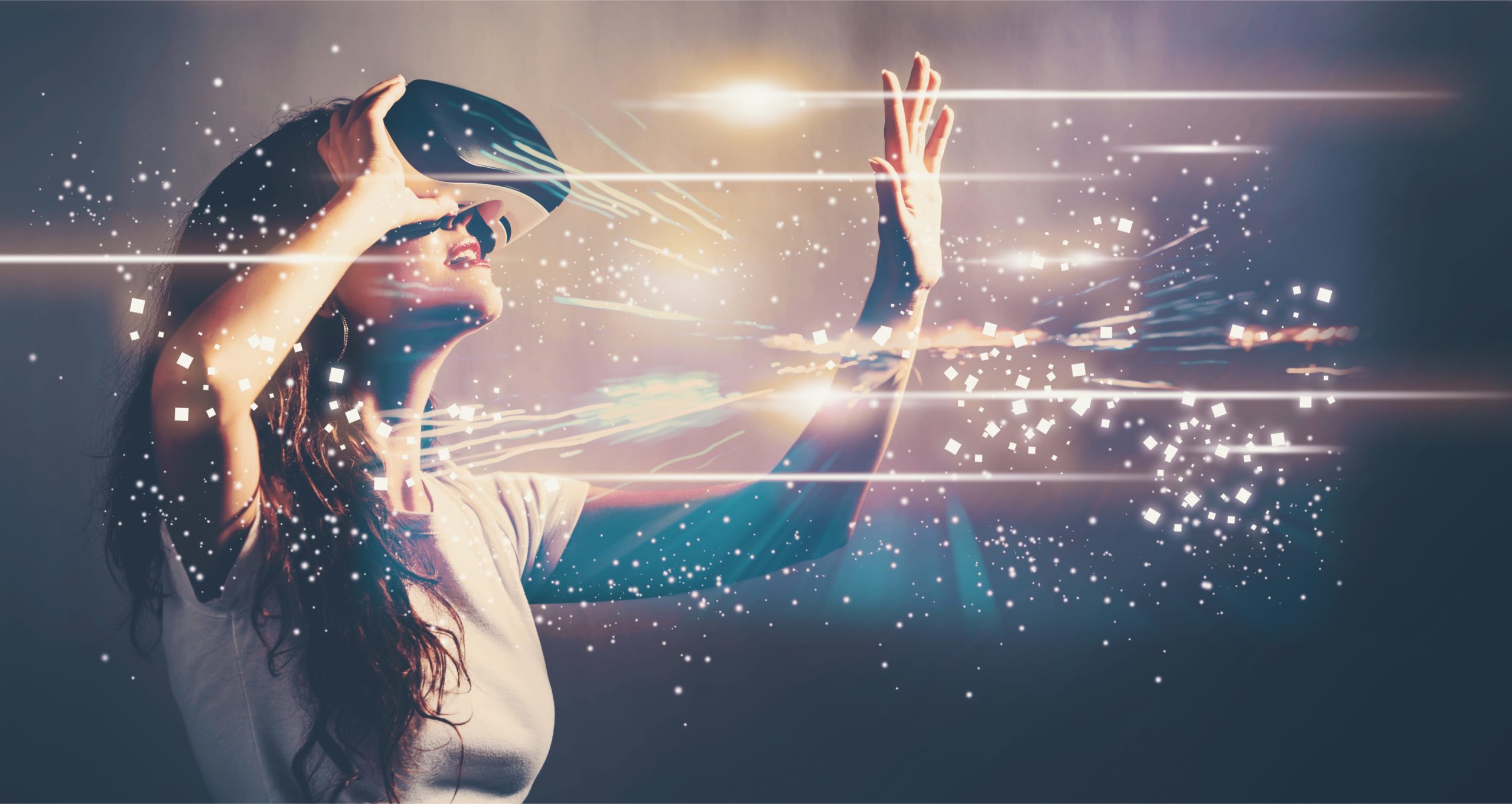There have been a lot of inventions that forever changed the music industry, and with a little “help” from the fact that venues have been shut down since March and look to remain as such for the foreseeable future, another recent breakthrough in the science of rocking out has went from a niche interest to a popular means of being able to enjoy your favorite artists. That is concerts in virtual reality (VR).
Background
In 1956, a movie maker by the name of Morton Heilig created the first virtual reality machine which was a box-like apparatus that combined 3D video, vibrations, wind and similar atmospheric effects, and even smells. Luckily, for those looking to go to a modern concert in VR, the smell aspect has been omitted… moving on.
The first head-mounted VR system, which is the typical way VR is ingested today, came around in 1968, though it was extremely heavy and had to be tied to the roof to take the stress off of users. In 1985, commercial use of virtual reality started to gain a little traction when company VPL research developed and sold headsets and gloves to consumers, and though graphics, speed, and user-friendliness have improved immeasurably, that same type of goggles-and-gloves system is similar to what is used today.
As far as music goes, it has only been in the past five years that VR technology has been utilized to take people to the front row of a show without ever leaving their couches.
Current
As the niche becomes a trend, marketing efforts and some big-time funding are making VR concerts more well-known, and more easily accessible (prices for VR equipment are also dropping, just like your favorite artist’s new album). At the forefront of VR, concerts are company MelodyVR, that focuses their attention on 360-degree cameras at the live shows, giving concert “goers” a true feeling of presence, being able to look around and feel all the vibes of a regular concert. MelodyVR was doing okay before the coronavirus, but since lockdowns began they have seen a 1000% increase in downloads… hooray silver linings!
Another thing that is really cool about concerts in VR is the fact that capacities are no longer a thing, including those coveted backstage passes that are normally reserved for a very lucky few. With VR, some musicians are allowing for cameras to be set up behind the scenes so an infinite number of fans can “hang out” before and after shows simply by strapping on a headset and logging in. A June 21 VR concert streamed by electronic music man Jean-Michel Jarre drew hundreds of thousands of fans, and he even added a bit of psychedelia to the party, with a comically named “pill” option that made the users’ vantage point have added colors and motion effects. Trippy.
Alternatives
Though much less expensive than even 5 years ago, a VR headset still isn’t something that every household can get without batting a financial eye. With that, some of the same companies who are leading the way in VR are also trying other ways to spice up the typical live stream to your TV. Interactive map videogames like Fortnite have started sectioning off areas of their maps for legitimately live digital concerts, with the artists as avatars, just as those gamers who navigate the virtual landscape to get to the show. Rapper Travis Scott was one of the first to do this, and his Fortnite show in April drew 27 million viewers. A side note on Fortnite… It’s a videogame that is so popular that Netflix recently called it their biggest competition over HBO, Hulu, YouTube TV, etc.
Other video-game based options such as Minecraft are also utilizing the live avatar aspects of performances to offer their users a digital place to mosh it up.
Will it Last?
“Almost certainly” is the quick answer to that question. As VR started to take it jumps to the mainstream, most investors focused on videogame applications and gamers as their target audience. A recent poll, however, said that the same percentage of people who looked forward to videogames in VR also viewed it as a great alternative means for concerts. Sporting events were close behind, and the NBA already broadcasts one game per week in VR (or broadcasted, as the season is on hold), and other major sporting leagues are expected to follow suit when games start being played again.
With no immediate end of COVID-19 insight, it’s very safe to say the VR alternative will be mainstream until a vaccine comes around, but many experts believe the option of watching your favorite band live from your couch will continue to be a sought after means of music consumption long after the coronavirus is a thing of the past.





